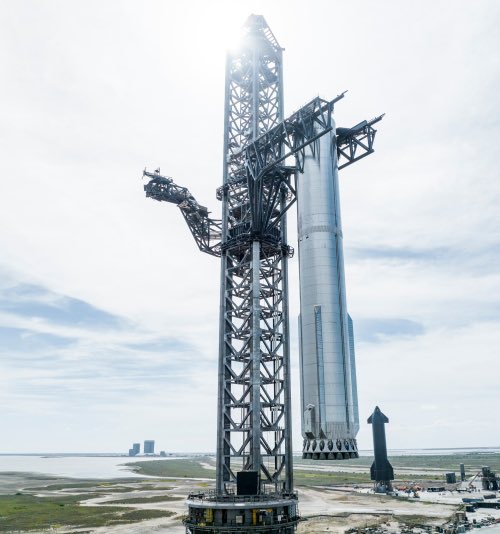Rocket Lab gets contract with military to study point-to-point cargo transport
Capitalism in space: Rocket Lab yesterday revealed that the U.S. military has given it a contract to study whether its rockets could eventually be used for point-to-point cargo transport.
This study contract is similar to the one the military gave SpaceX for its Starship/Superheavy rocket. Both are intended not to actual fly missions, but to look at the engineering of the rockets to see if it will be practical to use them for point-to-point cargo transport on Earth.
The deal suggests the military has been impressed with Rocket Lab’s efforts to make its smallsat Electron rocket resusable, as well as its development program for its newer and larger Neutron resusable rocket.
Capitalism in space: Rocket Lab yesterday revealed that the U.S. military has given it a contract to study whether its rockets could eventually be used for point-to-point cargo transport.
This study contract is similar to the one the military gave SpaceX for its Starship/Superheavy rocket. Both are intended not to actual fly missions, but to look at the engineering of the rockets to see if it will be practical to use them for point-to-point cargo transport on Earth.
The deal suggests the military has been impressed with Rocket Lab’s efforts to make its smallsat Electron rocket resusable, as well as its development program for its newer and larger Neutron resusable rocket.



